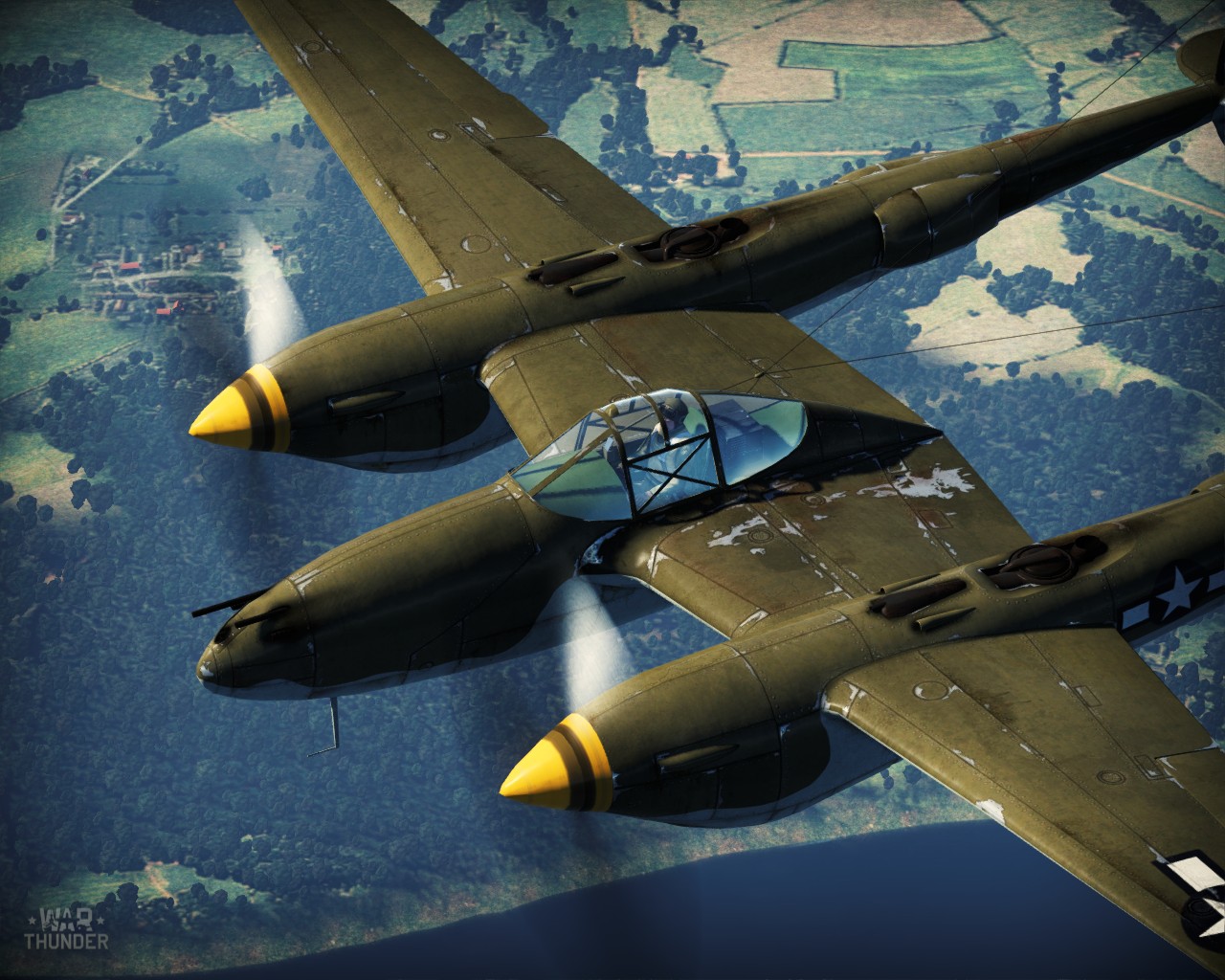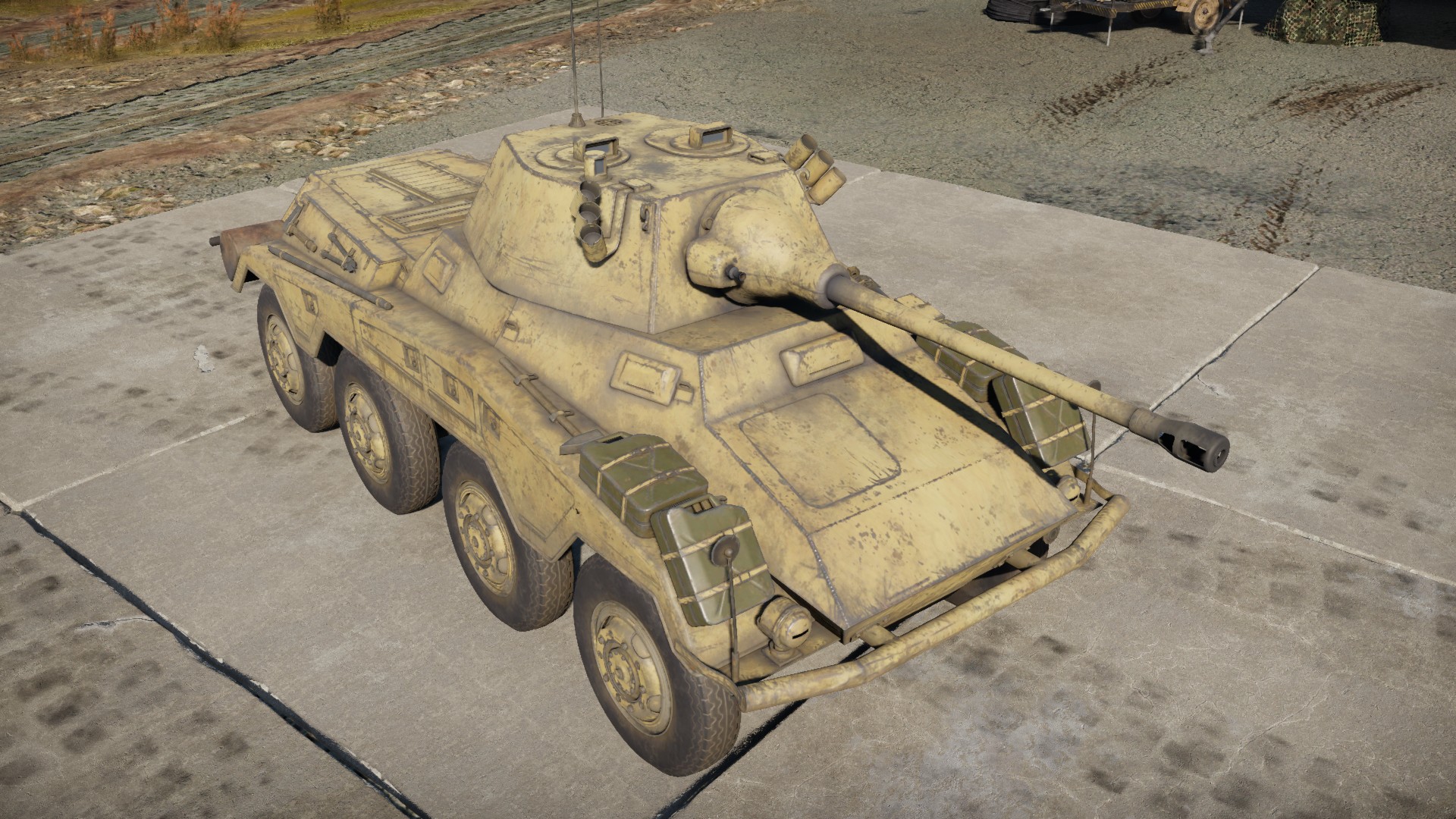

These rockets can also be used with a distance fuse, allowing it to detonate at a specific distance.

This is very effective against enemy armour and is rather accurate as well, allowing pilots to use the rocket CCIP to hit targets from 2-3 km away enabling pilots to keep their distance from enemy air defense. The S-24 is the final rocket the Su-7BKL gains access to, a large rocket weighing 235 kg and with more explosive mass than a 50 kg bomb. Volley fire may still be preferred as 42 rockets can be mounted, but single hits are more likely to destroy enemy armour than the smaller S-5K. These are much more substantial rockets, with a mass of 23 kg and 300 mm penetration. The next rocket is the S-3K, these are larger rockets not found in pods, instead being mounted on rails attached to the pylons. Pilots are recommended to use the large quantities of rockets to fire salvos of rockets instead of attempting to destroy targets with a single pair, as these very small rockets are unlikely to reliably do so. These rockets are very small with a mass of only 3 kg, and only 150 mm penetration from the charge. The S-5K is the first rocket pilots will unlock these are in a rocket pod, and pilots will gain access to pods of 16 or 32 rockets, with loadouts including either 96 or 160 rockets. The Su-7BKL gains access to S-5K, S-3K, and S-24 rockets in various quantities.

Its sustained turn rate at low speeds is competitive, but instantaneous turn rate and maximum angle-of-attack are both relatively low compared to its adversaries. The Su-7BKL's manoeuvrability performance is not as impressive. Given its acceleration, top speed and climb rate, few aircraft can keep up with the Su-7BKL in straight-line dashes. Given its powerful engine, the Su-7BKL has an extremely impressive climb rate of almost 200 m/s. Top speed is just over Mach 1 at lower altitude, making the Su-7BKL faster than most aircraft it faces. This means that the Su-7BKL out-accelerates almost every aircraft at its BR, with the exception of Harriers at lower speeds. The biggest advantage of the Su-7BKL is its acceleration and top speed, with a TWR above 0.8 across most flight regimes and fuel loads. The Su-7BKL has the same flight performance as the Su-7B, with excellent acceleration and climb rate, along with decent manoeuvrability.


 0 kommentar(er)
0 kommentar(er)
